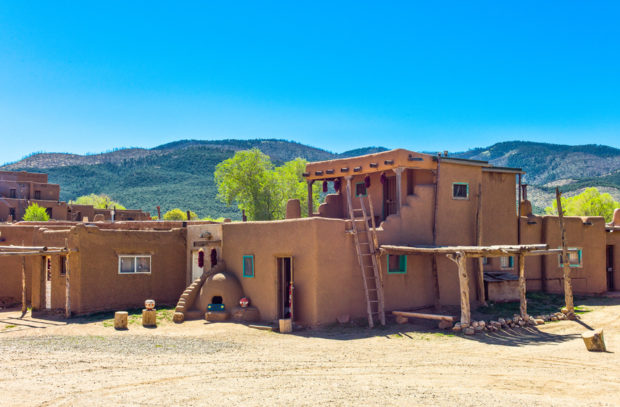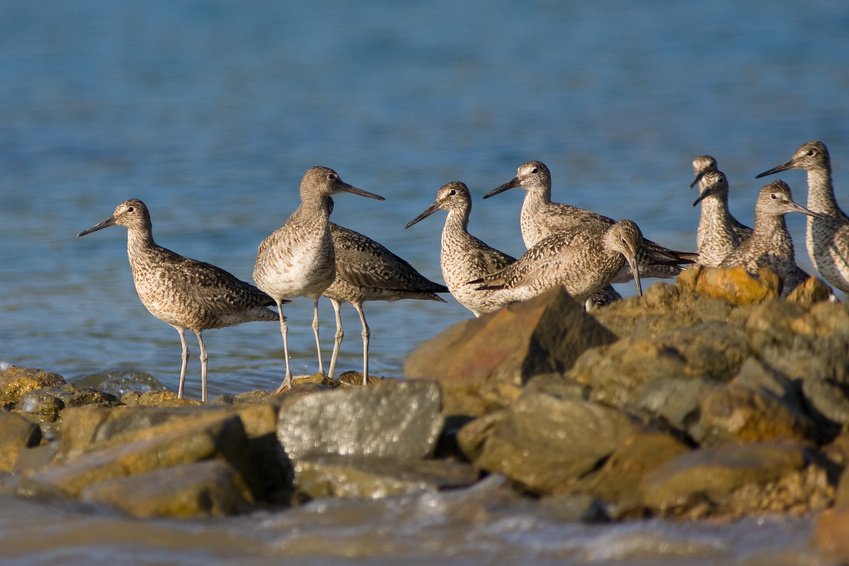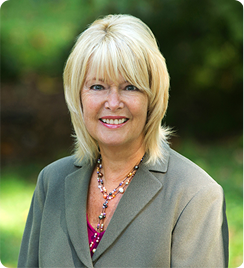
Ever traveled outside your familiar surroundings and were amazed by the differences? Usually I notice that when overseas, but last month I visited a unique area in New Mexico. Compared to Washington DC, I was immersed into a distinct flora, climate, energy and lifestyle.
I notice that I display a different temperament depending on my settings. Some thrill me, while others are a turn off. Where we grow up is out of our control. But later many of us migrate for school, work opportunities or relationships. We may not prioritize our surroundings ahead of work and love. And yet I believe we discover a compelling fit in certain environments versus others.
I always thought my ideal environment included water, sun, warmth and palm trees. While in New Mexico, there were gorgeous, huge, blue skies with sun, clouds and warmth. Not big bodies of water. Instead there were mountains, sagebrush and various browns and greens. The air was dry and invigorating.
But what also struck me were the people. On vacation you have time to talk with people and in Taos especially, residents wanted to talk with us. We had the pleasure of learning people’s stories and journeys. Other than Native Americans, everyone was from somewhere else. And it appeared they deliberately chose this destination.
As we age many of us move. We move to be closer to family. We move to warmer, less expensive areas. We might still move for work. But perhaps we consider what the location has to offer more than earlier in our lives. We create criteria that is vital to us.
Just as we learn more about which careers fit us best, with experience we know what type of home we prefer. Congestion or open spaces, warm or cold, U.S. or foreign, high or low. What comes with these varied areas are unique people. People who behave differently due to their environment, priorities, values, way of life.
In New Mexico we met people who have chosen this community for the lifestyle, the people, the possibilities. They had moved from the East, South and Midwest to this very distinct country. Some were almost pioneers to a new land. Initially living without electricity and water, they started businesses and became artists. They felt inspired by the culture, nature and beauty.
If you had your choice, where would you prefer to live? What kind of community would you seek out? What’s missing where you are? What has impacted you when traveling? Where are you at your best? What feels like home?
“(Neighbor is) not he whom I find in my path, but rather he in whose path I place myself, he whom I approach and actively seek”
Gustavo Gutierrez
Margaret is working in New York City. She has the job of her dreams, although it is very stressful. She grew up in Colorado, but found more job opportunities in the East. While she lacks much free time, Margaret misses the outdoor sports that were important to her growing up. She wonders if being active in nature on the weekends might alleviate her stress. But instead she stays inside most of the time and brings work home.
When will lifestyle outweigh livelihood for Margaret? When will it for you? Some people don’t wait for retirement in order to live closer to their ideal environment. People, pace and nature call you to change your current way of life. The support and camaraderie of communities which inspire your creativity and hopefulness go a long way toward raising your wellbeing. Salary and title may become less important as you mature. Finding the fit in life involves much more than work.
Find your place:
List your favorite places on Earth
Detail what about them call you
Find the commonalities
Make a plan to include these factors now
Ask what is possible
Get on the road and let’s meet on the path!








